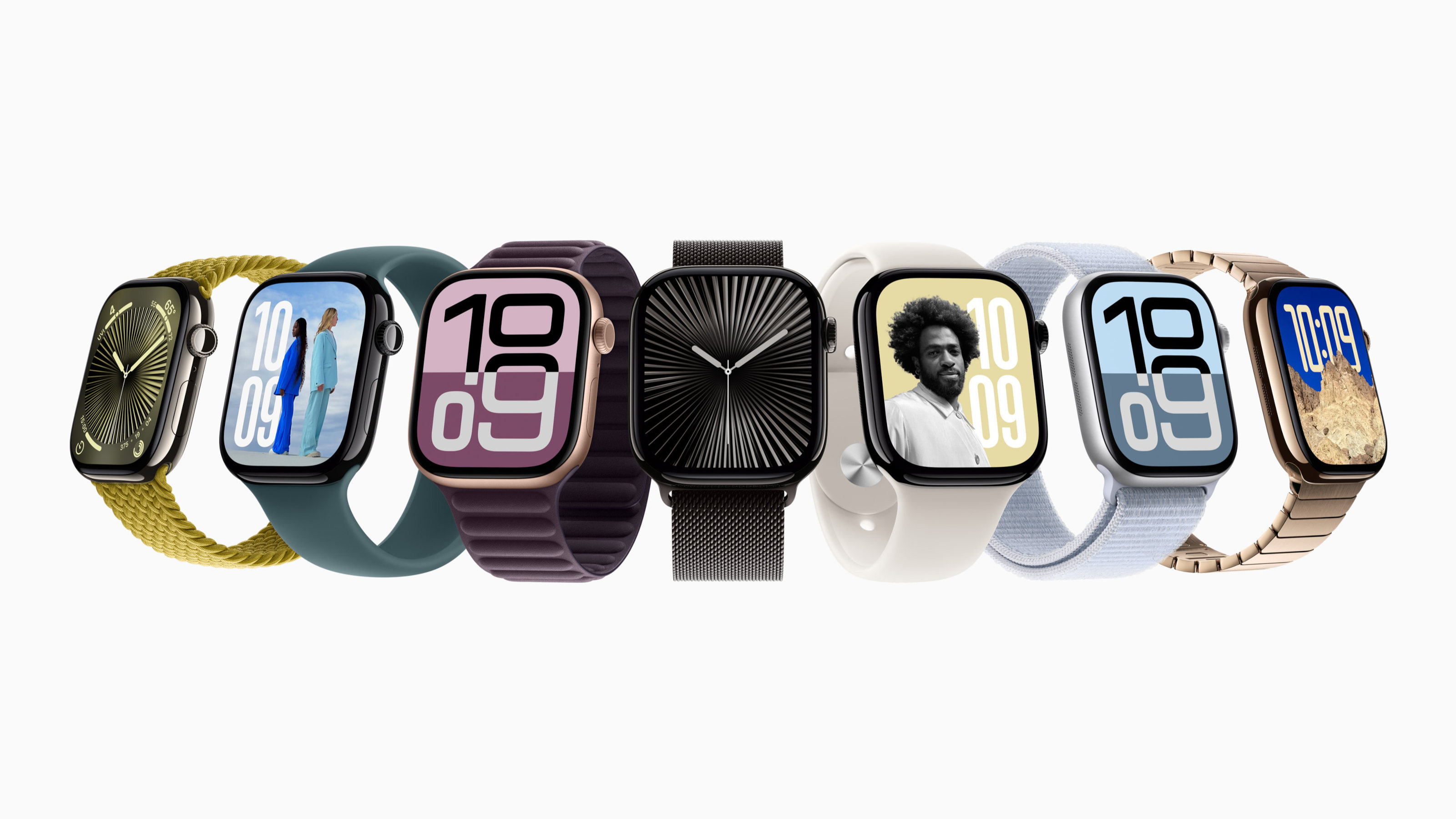
With its tenth iteration, Apple Watch might have reached a kind of endpoint. Or a particular landmark anyway. With a display that stretches across and round the device’s 46mm case (there is also a 42mm version), it’s hard to see, given the restrictions of ergonomics and formal elegance, how much more screen real estate the watch’s designers and engineers can possibly deliver.
Apple Watch Series 10 has a display that is 30 per cent bigger than series 6 and a remarkable 75 per cent larger than Series 3. It’s actually bigger than the screen on the far chunkier (and far pricier) Apple Watch Ultra 2. The new OLED display, with a wider aspect ratio than previous models, is also 40 per cent brighter when viewed at an angle.
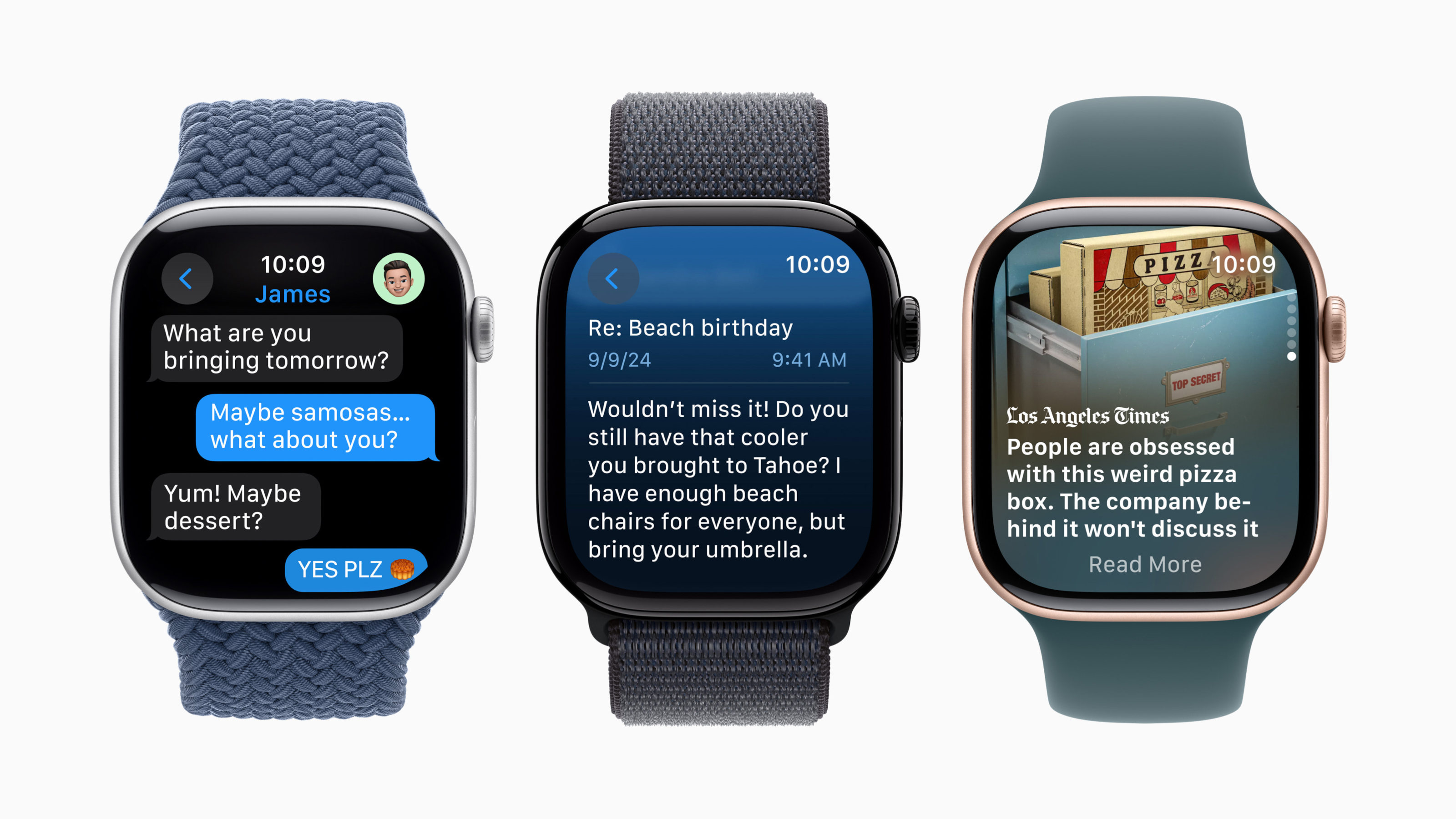
Apple’s ambition has always been for its watch to match the super functionality of the world’s most advanced wearable with the always-on readability of an analogue timepiece. And the new version of Apple Watch pretty much gets there.
New watch faces such as Flux and Reflections, part of the watchOS 11 upgrade, feature a non-fade seconds hand. A small detail maybe, but a marker of how far the watch’s digital-but-analogue display has come. At launch, the Apple Watch’s face was deathly black until you bought it to life with an exaggerated flick of the wrist.
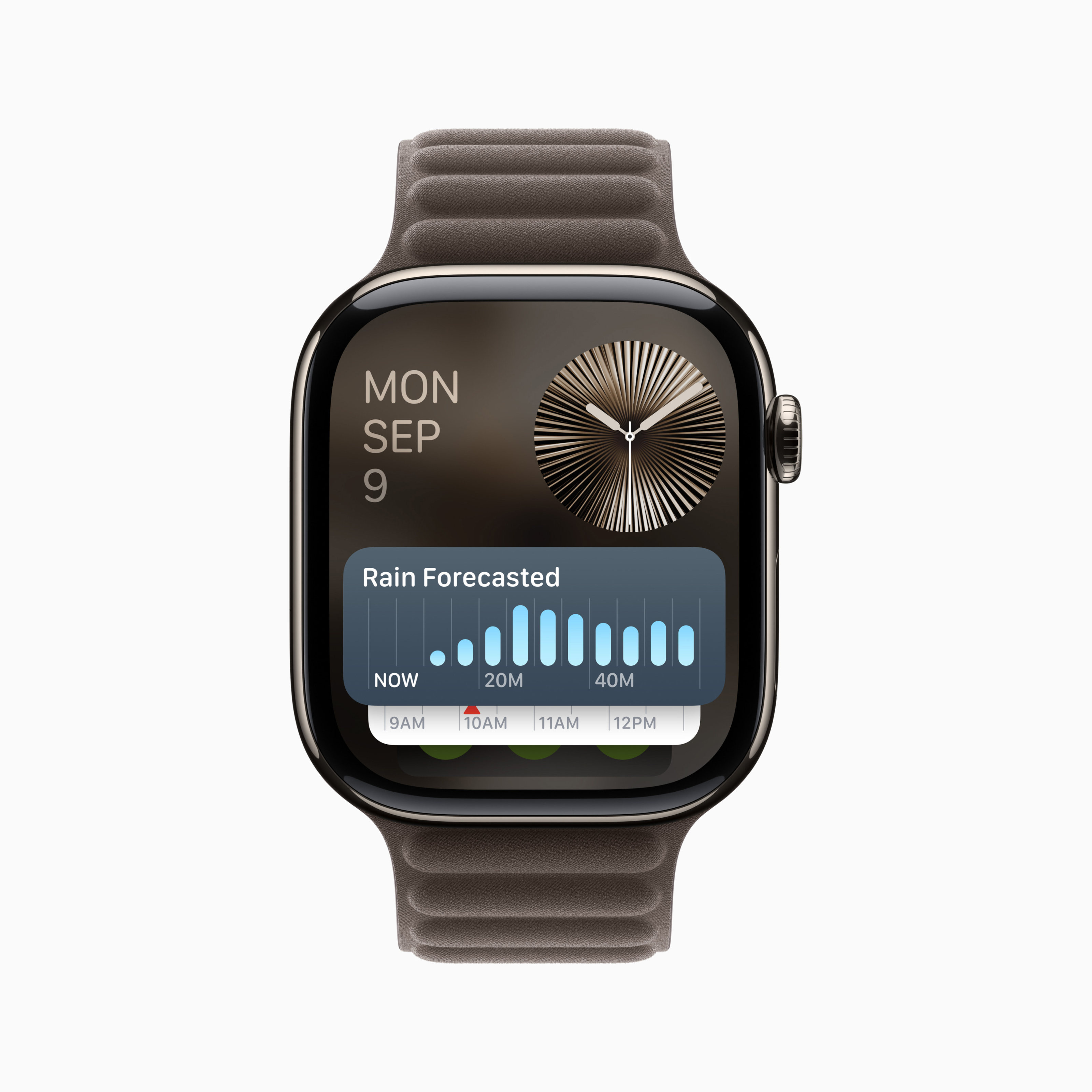
The Series 10’s bigger screen experience actually comes with less heft. The new watch is also almost ten per cent thinner than its predecessor, just 9.7mm, making it more comfortable and discreet while maintaining an 18-hour battery life. It also offers the fastest charging time, ramping up to an 80 per cent charge in 30 minutes.
The aluminium version of Series 10 (including a Jet Black option, the first-ever glossy aluminium finish on Apple Watch) also weighs 10 per cent less than its predecessor, while the polished titanium case option weighs 20 per cent less than the now discontinued stainless steel version.
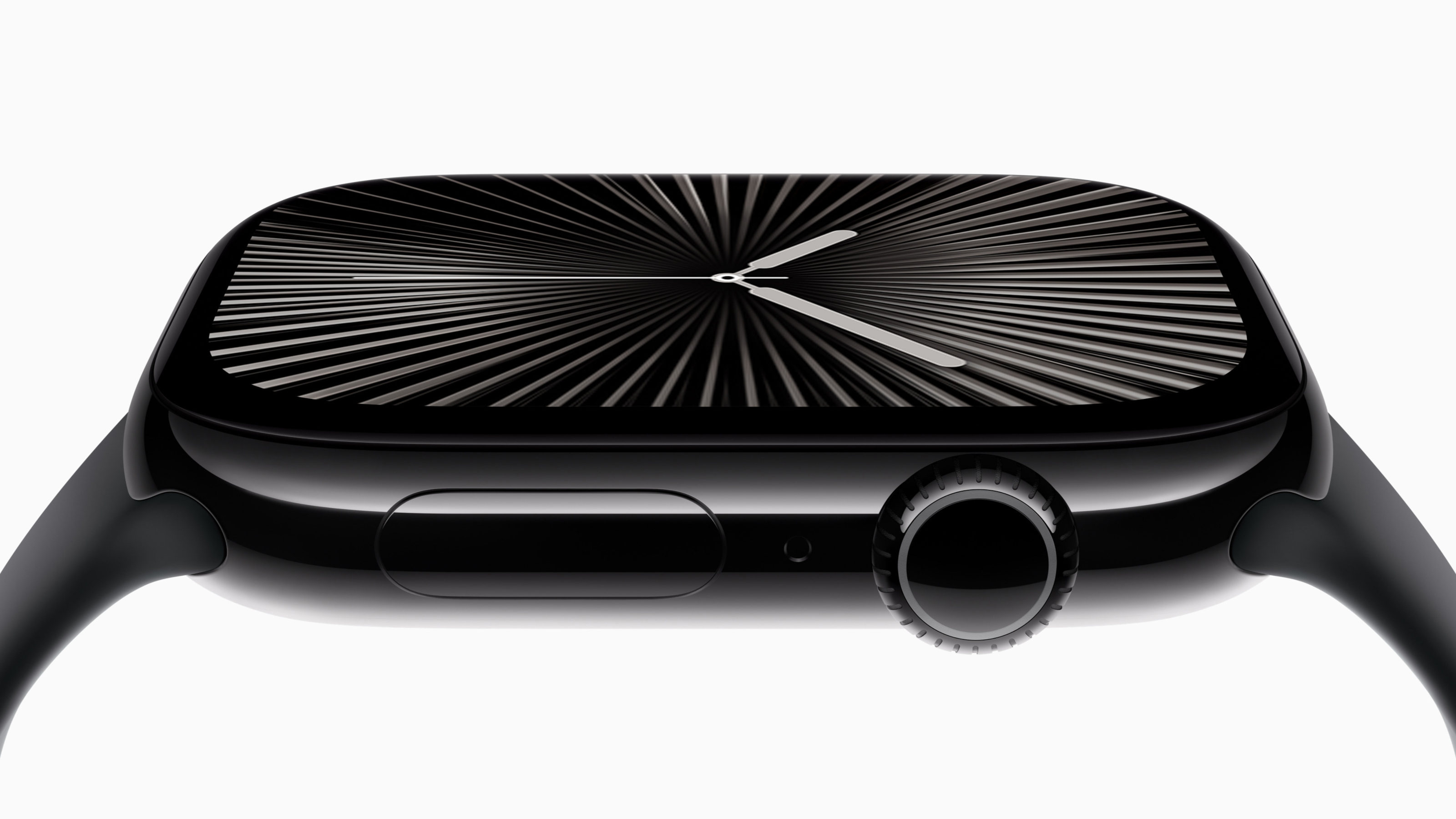
Apple Watch has always been the company’s most complex and interesting design and engineering challenge, where the knotty problems of OS and interface design and industrial design are most intertwined. At launch, there were explicit problems left unresolved.
A decade of new iterations has closed gaps while tackling the conflicting demands of increasing battery life at the same time as screen size and readability, evolved inputting and interface, constantly rethought the relationship (and functional hand-offs) between Watch and iPhone apps, and advanced form and finishes.
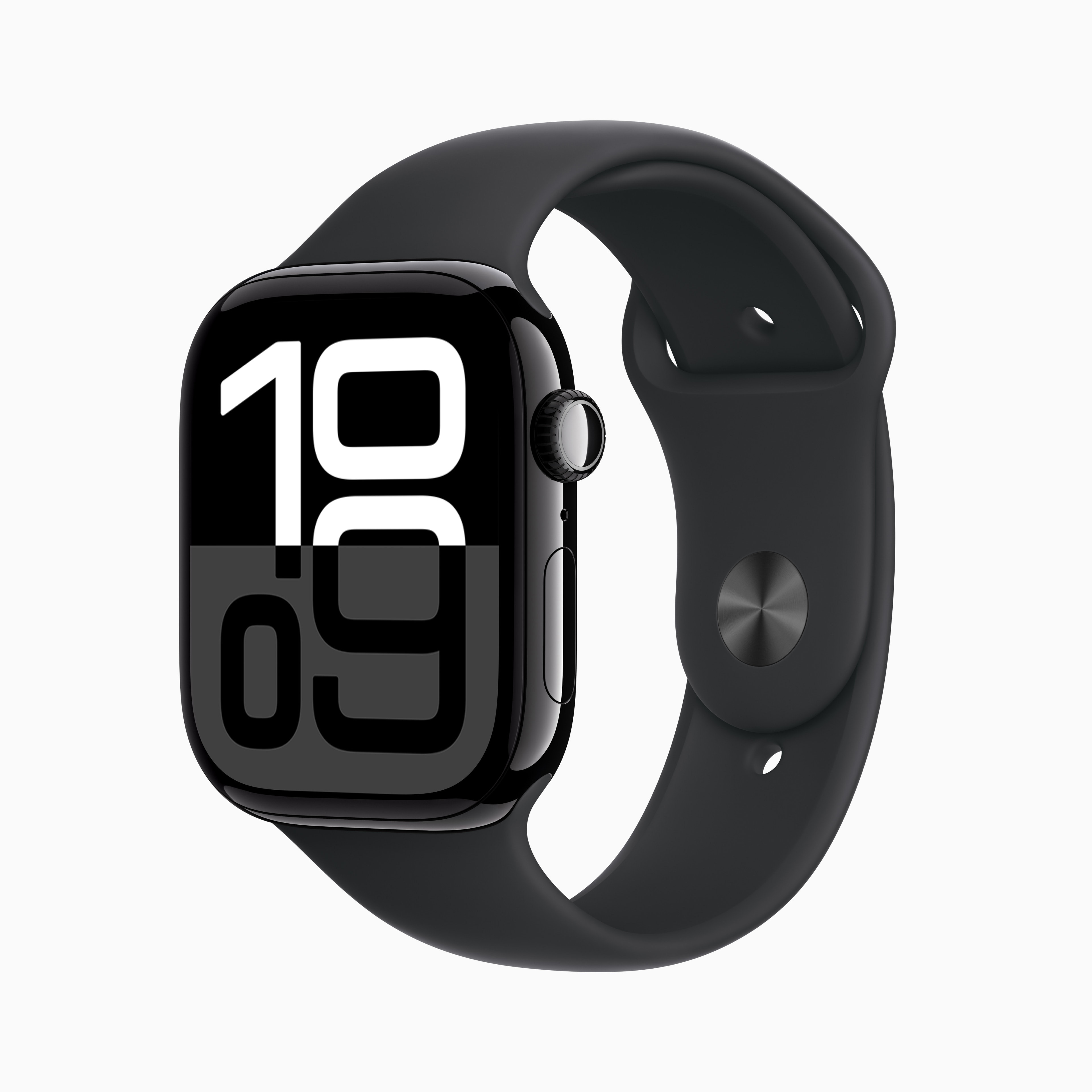
As Alan Dye, Apple’s head of Human Interface Design, says, Apple Watch was launched just as Apple first sat its human interface and industrial design team together in one combined studio. ‘The watch represents so many firsts for us and it's near and dear to our hearts because it was one of the first products born out of this really tight collaboration.
‘We want to create really singular experiences where we deeply integrate hardware and software and where, ideally, you don’t know where one begins and the other one ends. So having one studio is really core to who we are and how we think about design.’
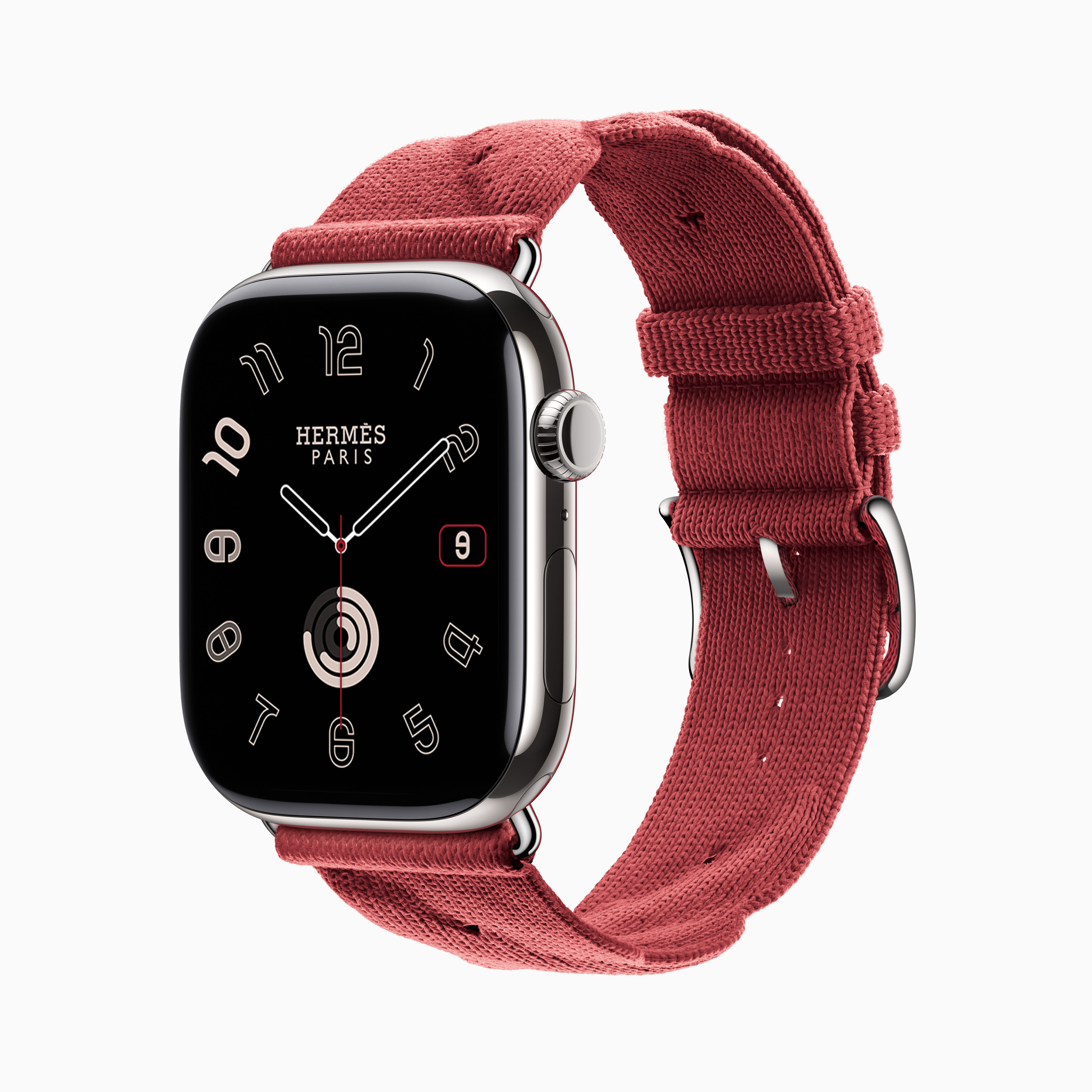
And unlike any other of its products, Apple Watch entered a market where there was a long-established formal and material language, as well as a history of craft, metal working and advanced manufacturing to reference, play with and at times subvert.
‘We have a real reverence for watches as beautiful objects,’ says Molly Anderson, Apple’s head of Industrial Design. ‘And historically, watchmaking has led the development of new material usage or miniaturisation of particular processes and real refinement in manufacturing.

‘We're constantly exploring and finding inspiration from things that have been made already, and then usually getting very deep into that process and seeing how we can refine it. Obviously traditional watchmaking is very artisanal and we're making something at incredible scale. And so it's the mastery of that is what fascinates us.’
As Anderson says, the development of Apple Watch has been as much about advanced materials sciences and machining capabilities as it has ever more sophisticated sensors, fitness tracking and smart stacking widgets. The fascination of Apple Watch design has always been its precision engineering of form, finish and function.
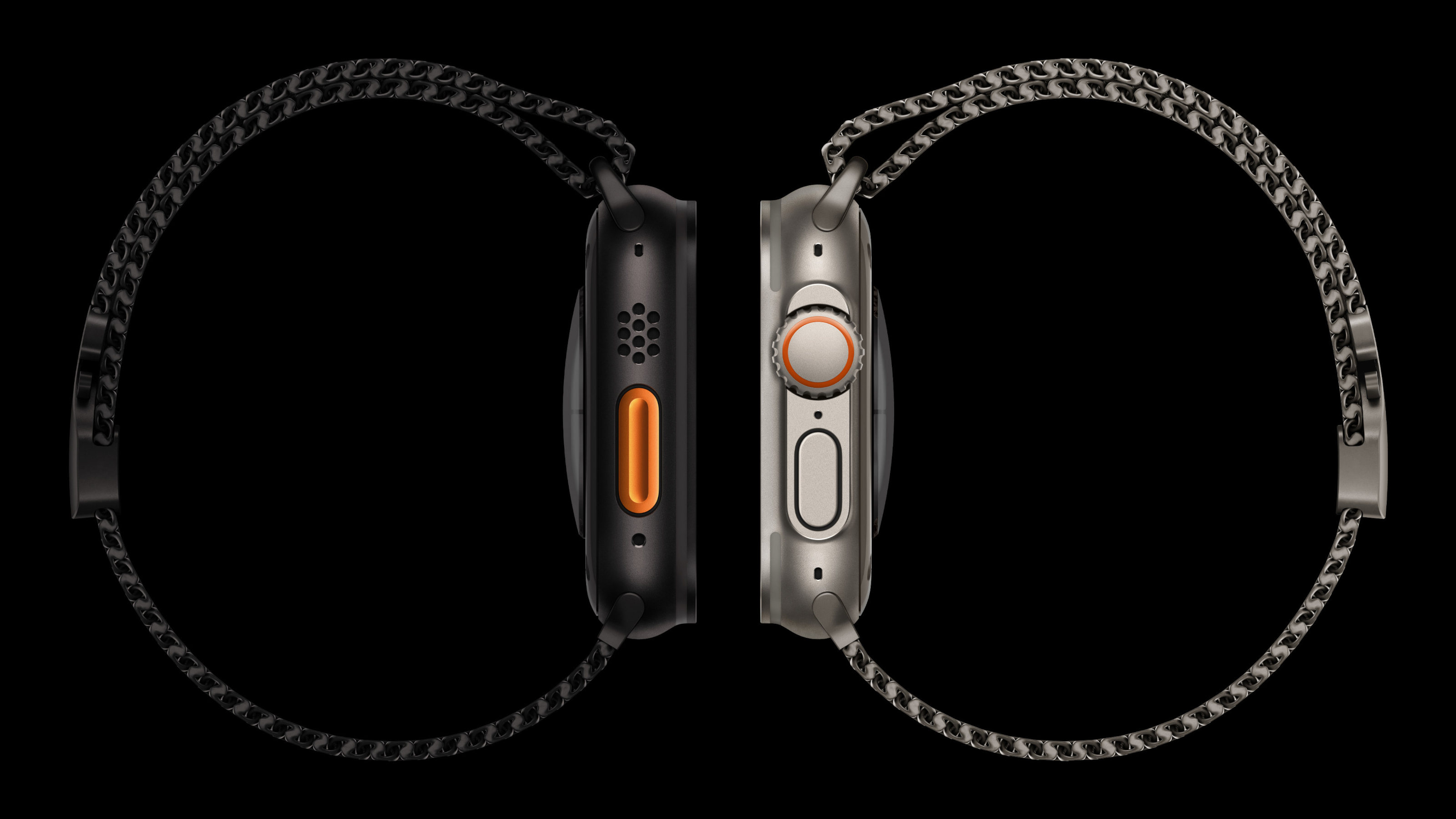
‘We really designed Series 10 from the ground up,’ Anderson says, ‘but one of the big goals was to express the culmination of ten years of refinement and development in the design. There are a lot of things that we didn't have and it's taken us time to get there.’
Apple Watch Series 10, from £399, Apple.com
Apple Watch Ultra 2 in black titanium, from £799, Apple.com







